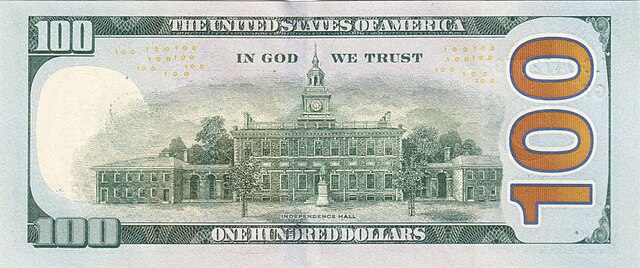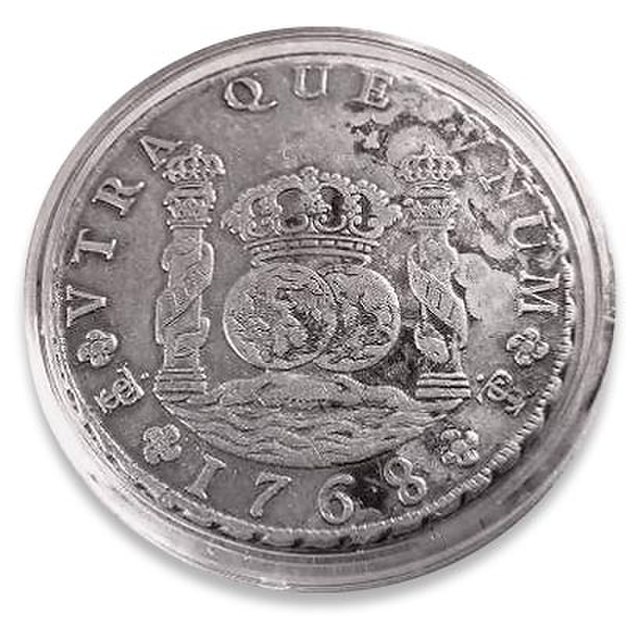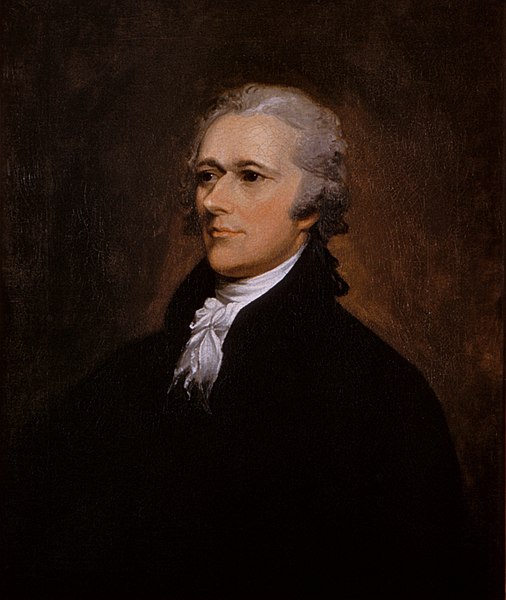United States one-hundred-dollar bill
The United States one-hundred-dollar bill ($100) is a denomination of United States currency. The first United States Note with this value was issued in 1862 and the Federal Reserve Note version was first produced in 1914. Inventor and U.S. Founding Father Benjamin Franklin has been featured on the obverse of the bill since 1914, which now also contains stylized images of the Declaration of Independence, a quill pen, the Syng inkwell, and the Liberty Bell. The reverse depicts Independence Hall in Philadelphia, which it has featured since 1928.
Image: Obverse of the series 2009 $100 Federal Reserve Note
Image: New 100back
1863 $100 Legal Tender note The first $100 Gold Certificates were issued with a bald eagle to the left and large green 100 in the middle of the obverse.
1880 $100 Legal Tender (1869 version) A new $100 United States Note was issued with a portrait of Abraham Lincoln on the left of the obverse and an allegorical figure representing architecture on the right.
The United States dollar is the official currency of the United States and several other countries. The Coinage Act of 1792 introduced the U.S. dollar at par with the Spanish silver dollar, divided it into 100 cents, and authorized the minting of coins denominated in dollars and cents. U.S. banknotes are issued in the form of Federal Reserve Notes, popularly called greenbacks due to their predominantly green color.
Spanish silver eight-real or peso of 1768
Alexander Hamilton finalized the details of the 1792 Coinage Act and the establishment of the U.S. Mint.
Continental one third dollar bill (obverse)
Series of 1917 $1 United States Note








